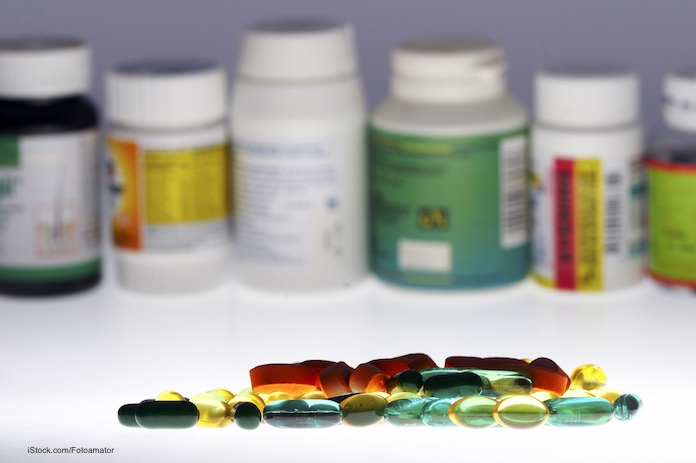Consumer Reports has listed fifteen dietary supplement ingredients that consumers should avoid. These ingredients can cause organ damage, cardiac arrest, and cancer. Whether or not a person can develop these conditions depends on their own health, the quantity ingested, and the amount of time they are exposed to the ingredient.

These ingredients can also interact with prescription medications such as statins and blood thinning drugs. They can even interact with common over the counter medications such as aspirin.
Consumer Reports’ investigators found all fifteen of these ingredients in products available online or in stores such as Costco, BNC, Target, Vitamin Shoppe, Vitamin World, Walgreens, CVS, Walmart, and Whole Foods. In 2013, a report from the Government Accountability Office found that the FDA received 6,307 reports of health problems from dietary supplements between 2008 and 2011. Those reports included 1000 serious injuries or illnesses, hundreds of life-threatening conditions, and 92 deaths.
Manufacturers of dietary supplements do not have to prove to the FDA that their products are safe before they are sold to consumers. The FDA can take action if they can prove the supplements contain unapproved ingredients, or after these products have harmed people. Many recalls over the years have been issued for these reasons.
Here are the ingredients Consumer Reports advises consumers to avoid, along with the conditions they claim to help, and the potential risks. Always read labels of any product you buy, even if you have been using it for years. Manufacturers can change the ingredients in a product at any time with no notice.
Markets of Aconite claim it can reduce inflammation and joint pain. The risks of that ingredient include nausea, vomiting, weakness, paralysis, breathing and heart problems, and possibly death. Caffeine Powder supposedly improves attention and enhances weight loss. Adverse events have included seizures, heart arrhythmia, and cardiac arrest. Chaparral is marketed for weight loss and to treat colds, infections, rashes, and cancer. It can cause kidney problems, liver damage, and death.
Coltsfoot claims to relieve cough, sore throat, laryngitis, bronchitis, and asthma. That ingredient can cause liver damage and it is a possible carcinogen. Comfrey is marketed for cough, stomach problems, chest pain, and heavy menstrual periods. It also can cause liver damage, cancer, and possibly death. Germander supposedly aids in weight loss, and manufacturers claim it alleviates fever, arthritis, gout, and stomach problems. It can cause liver damage and hepatitis.
Greater Celandine is marketed to relieve stomach aches. It can cause liver damage. Green tea extract powder is marketed for weight loss. That ingredient can cause reduced absorption of iron, which exacerbates anemia, and can elevate blood pressure and heart rate. It can also cause liver damage. Kava claims to reduce anxiety and improve insomnia. It can cause liver damage and exacerbate Parkinson’s and depression.
Lobelia is sold as a smoking cessation aid. It can cause nausea, vomiting, diarrhea, tremors, rapid heartbeat, seizures, hypothermia, and coma. Methylsynephrine is sold as a weight loss drug and to improve athletic performance. That ingredient can cause cardiac arrest and heart rate abnormalities. Pennyroyal Oil is marketed for breathing and digestive problems. It can cause liver and kidney failure, nerve damage, convulsions, and possibly death.
Red Yeast Rice is sold to lower LDL cholesterol and prevent heart disease. This ingredient can cause kidney and muscle problems, liver problems, and can increase the effect of statin drugs. Usnic Acid is marketed for weight loss and pain relief; it can cause liver injury. And finally, Yohimbe is supposed to treat low libido and depression. That ingredient raises blood pressure, and can cause rapid heart rate, headaches, seizures, liver, kidney and heart problems, and panic attacks.
If you or a family member have had a serious reaction after taking a dietary supplement, see your doctor. You can report the problem to the FDA. Fill out the FDA’s Safety Reporting Portal. You can also use the FDA’s Medwatch Adverse Event Reporting Program.




